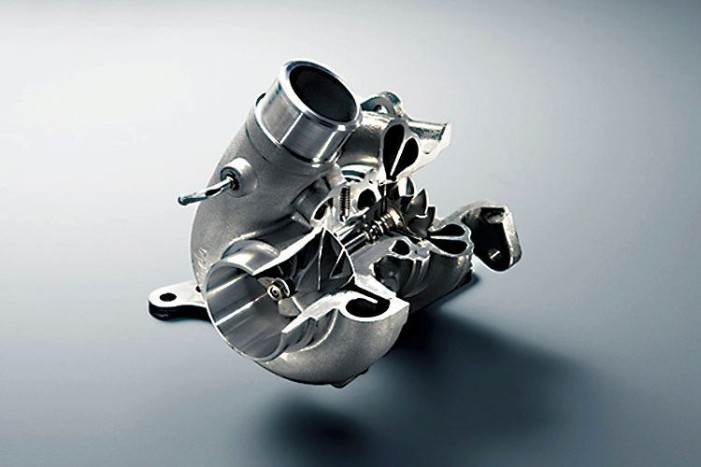“Well, I guess it’s not the worst car you could drive,” I said, staring into the engine bay of a new-to-him Volvo 940 my dad had just bought.
He insists that the “redblock” motors found in the venerable Swedish machines have the survivability of an African Grey parrot. I take no issue with that, as long as valves are adjusted at a regular interval and oil changes are done on time. Something he said got me thinking, though.
“Some of these cars came with turbos. You don’t want that, they just blow up.”
I have to agree with him. More moving parts in an engine means more potential for failure. Dirty air causes stress on impellers. Excessive heat puts wear on the oil. Too much boost and you’re liable to blow the welds on your intake manifold. What, then, is the long-term outlook for the loads of modern vehicles being sold with turbochargers?
I don’t speak solely from a theoretical standpoint, either. In my personal experience, I’ve seen it happen to many owners. A Ram 2500 turbo went out because the shop doing the oil change overfilled, and now they’re refusing to cover the repair. A Veloster Turbo went through three (!) turbos before its lease term was up. A B5 Audi S4 needs two new turbos at 140k miles. I’ve seen failed units from F-150 EcoBoosts. My personal vehicle is making some funny noises…
Not that any of that is real data to present to you. I wish I could present figures. One, for the total cost of repairs of turbocharged vehicles. Two, for the cost of development of new turbocharged powerplants including R&D, marketing, manufacturing, etc. Three, for the amount of fuel actually saved. However, these figures would at least take significant amount to produce, so time will have to tell.
On the flip side, turbocharging technology has made several leaps forward to coincide with the trend of downsizing and turbocharging. Turbo units are able to self-cool and self-lubricate much better than ever before. Turbocharged engines give us much more power than we’ve ever had access to in cars off the showroom floor. Still, the principle stands – more moving parts means more failing parts.





Leave a reply